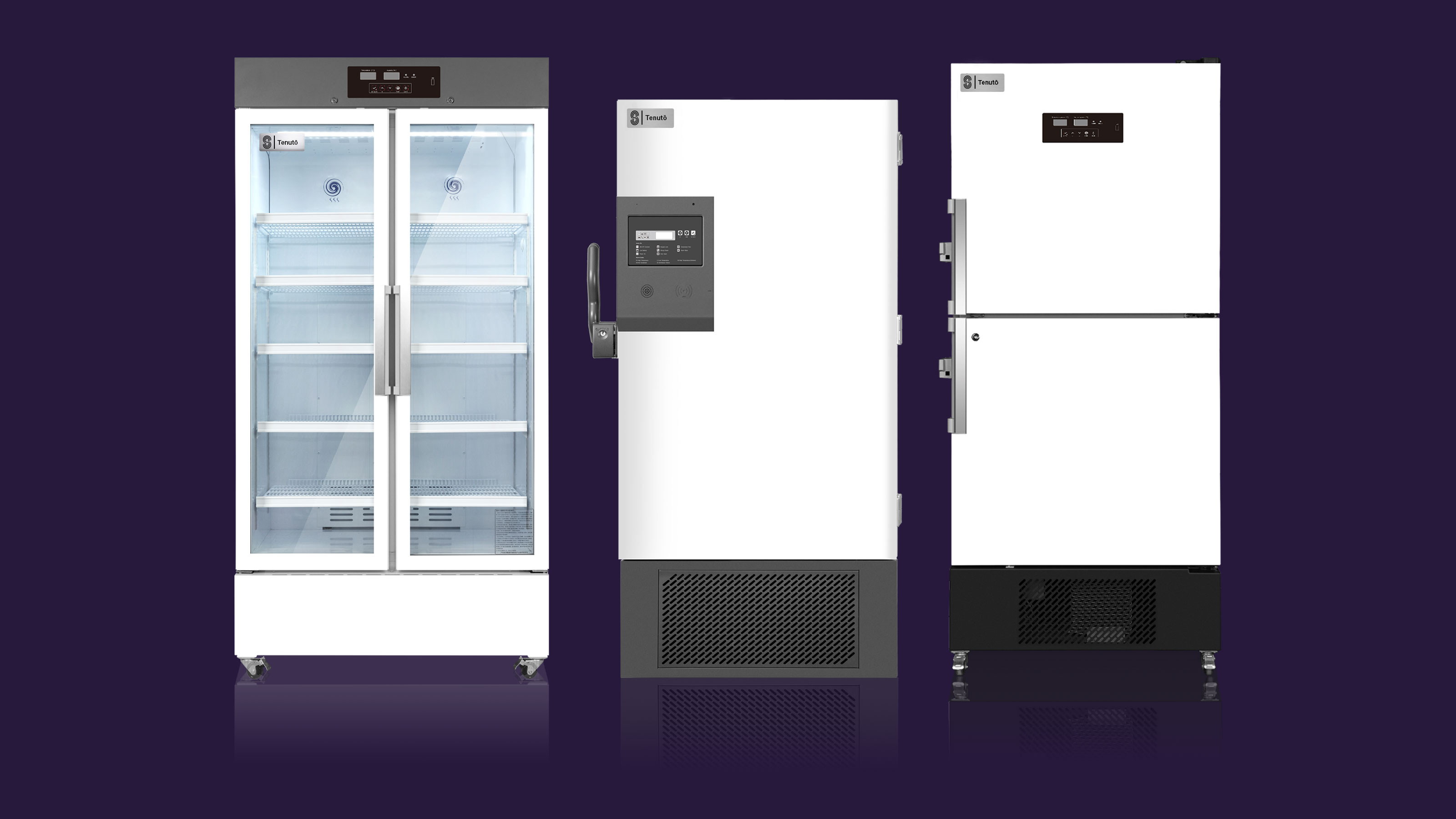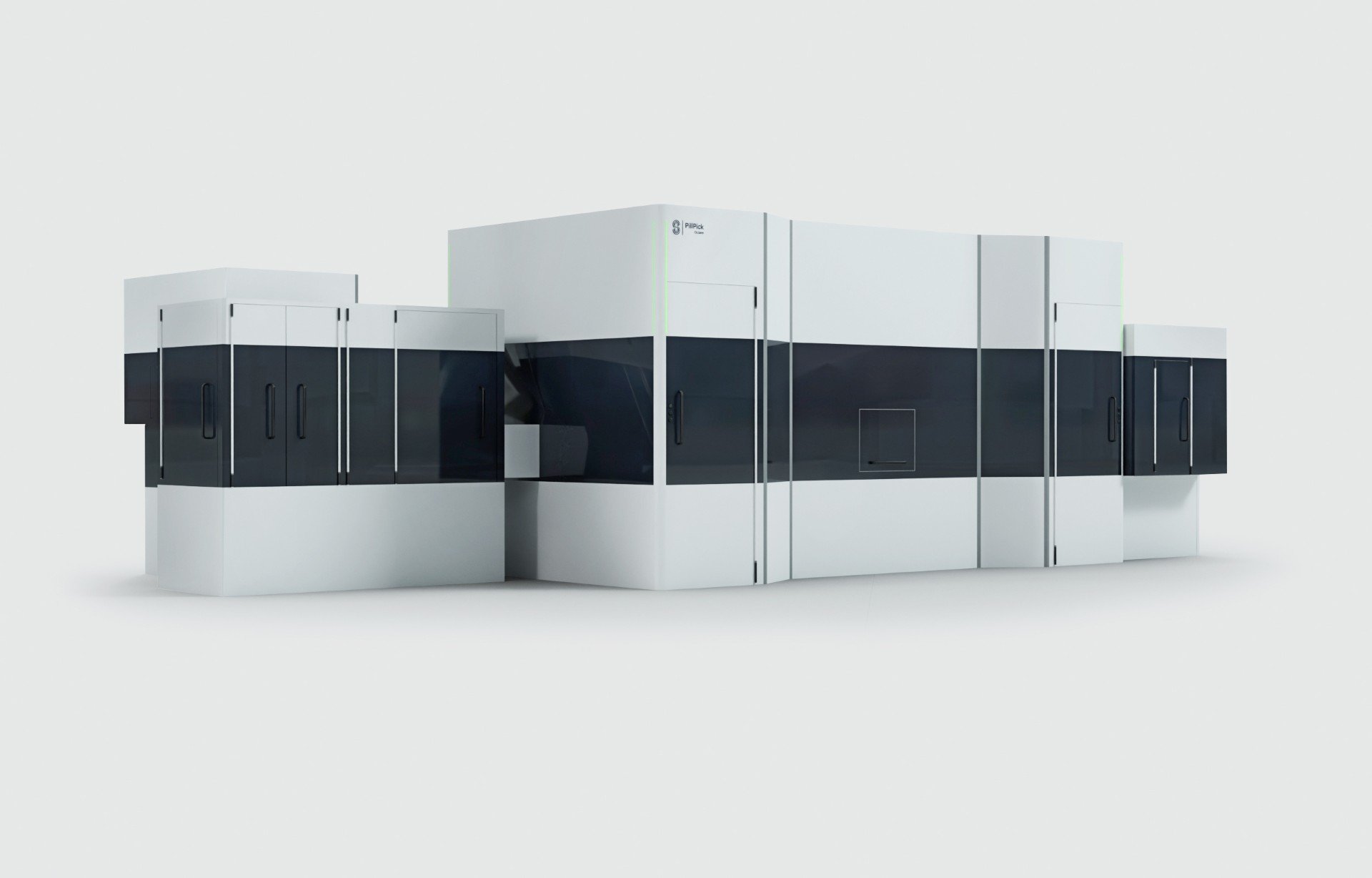What is a HEPA filter?
Bacteria, viruses, pollen or dust particles are transported and transmitted through the air. This results in an obvious problem for the pneumatic tube system: hazardous particles, such as germs, can spread to the whole hospital via the airflows of the tube system. The German ministry of health has published worrying figures: in Germany, between 400,000 and 600,000 people get sick with hospital infections, up to 20,000 even die from it. HEPA filters (High-Efficiency Particulate Air filters) cannot resolve this problem entirely, but at least narrow it down by filtering dangerous particles from the airflow.
Different HEPA filter classes remove more than 99.95 % of particles in your pneumatic tube system
Be aware that HEPA is not a protected product or brand name. Only products that correspond to the EU standard EN 1822-1:2009 meet the criteria necessary for classification. The efficiency (99.95 % for H13 and 99.995 % for H14) is determined as follows: MPPS (Most Penetrating Particle Size) are particles with a size between 0.1 and 0.3 μm. They are the most difficult to be filtered from the air. During measurements, the separation size of particles of exactly this size is measured and the efficiency is determined accordingly. At the same time, smaller and bigger particles are also filtered – even more efficiently – but those numbers are insignificant for the efficiency level.
Effective air cleaning of your pneumatic tube system
Ideally, HEPA filters should be implemented at several points in the pneumatic tube system. This way, less viruses, bacteria and other hazardous air components can’t reach different rooms via the air in tubes. Since the Covid crisis, the topic has been discussed heatedly in the healthcare sector.
The shared contact surface, the carrier, poses a risk for contamination between sender and carrier. In addition, the air containing germs could be spread even further via the pneumatic tube system. HEPA filters reduce this risk by filtering the air before it enters the system and after it escapes at the final station.
Different mechanisms filter and clean the air
Particles of different sizes pass through the air. Therefore, different mechanisms are applied to filter them, depending on their features.
In general, a HEPA filter consists of fibers that are arranged arbitrarily, creating a “net”. Big particles immediately get caught; they are too big to fit through the gaps. This is possible for HEPA filters, though not the primary intended use. They focus on smaller particles instead, applying three different processes to assure no harmful substances can pass through the filter and be spread.
Some particles are subject to inertia
The particles that can be filtered with this method are small enough to fit through the fiber gaps, but big enough to be governed by inertia. Even when airflow changes, those particles will continue moving in the same direction as before. At some point, they will collide with one of the fibers and get stuck.
Other particles are intercepted
Smaller and lighter particles adapt to the airflow around the fibers. If they are pushed to the edge of the flow, they might touch a fiber and equally get stuck.
The smallest particles diffuse
Particles with a diameter of less than 0.1 μm are light enough to move freely through the air. When they collide with other molecules, they are pushed in a different direction and, by chance, get stuck on the HEPA filters fibers (diffusion).







